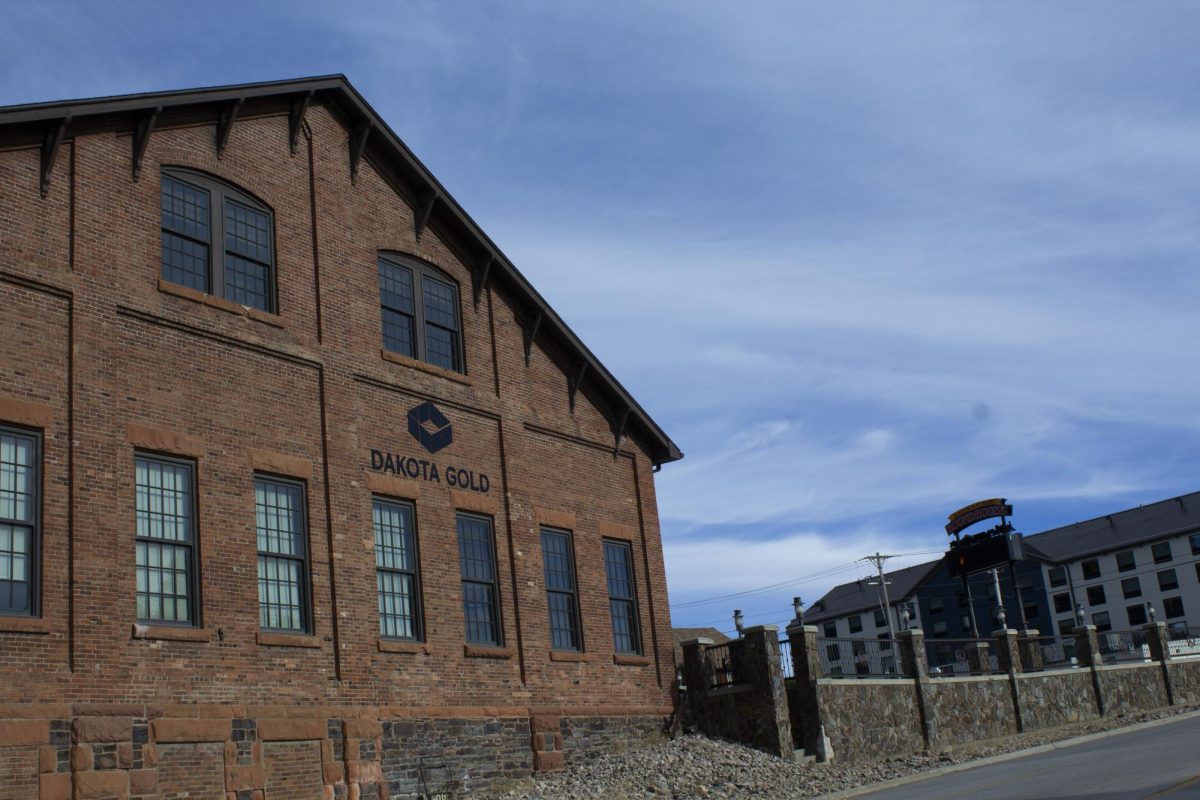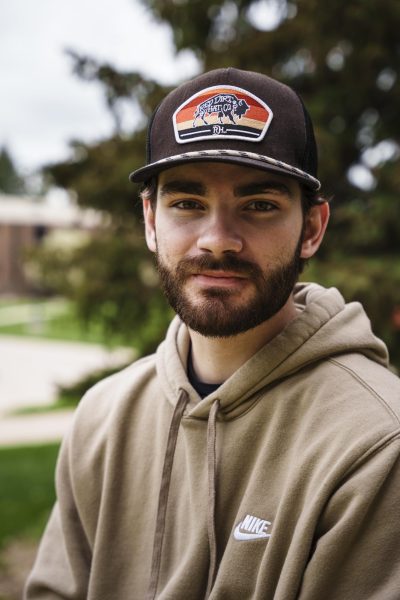Dakota Gold continues exploration 30 years after Homestake on its Maitland property near the historic Maitland mine. Before Homestake shut down, it had started exploration near its primary mine, often called the North Drift. Homestake invested nearly $23 million into the project. However, plummeting gold prices in the early 1990s caused the project to be shut down.
Dakota Gold acquired the property from Barrick Gold Corp in 2020 and is working on further exploration of the area. The company is using 145 years’ worth of historical data and local experience.
“Dakota Gold is based here, with locals who have first-hand experience at the historic mines that are being revitalized,” said Jerry Aberle, chief operating officer with Dakota Gold Corp.
Dakota Gold is currently exploring the Historic Richmond Hill Mine and the Maitland Property, with two drills operating at each location. The data shows encouraging results, and gold mineralization has been found. The next step is to drill tighter spacing and test the size of the mineralization to evaluate and determine whether mining could be feasible.
Dakota Gold invested in engineering plans to repurpose the previously disturbed land. The company also created an environmental department and recently hired a Chief Sustainability Officer. They made the department and developed an environmental policy to ensure that the impact on the environment was minimalized. Dakota Gold’s environment, community and Governance Committee
(ESG), alongside the Board of Directors, developed and defined a vision for the company. The ESG is responsible for overseeing the company’s sustainability strategy.
Those who are opposed to mining often focus on environmental issues and impact. Professor of Geology at Black Hills State University Abby Domagall understands that mining isn’t a perfect industry, and in the past,rules and regulations were different.
“Impact on the environment doesn’t have to be large,” Domagall said. “Mining can happen on a small scale.” She also explained that stringent regulations are in place to help reduce the environmental impact of mining.
In other countries, the emphasis on protecting the environment doesn’t exist to the degree it does in The United States. Often, there isn’t any reclamation of land that takes place after the mines close. The land is left destroyed and unusable. There is also the potential for unsafe conditions, and labor laws are much different.
Safety is taken seriously in America, with programs and training put in place to protect workers. A representative for Dakota Gold explained that safety is a top priority. All employees complete Mine Safety and Health (MSHA) training, and weekly safety meetings are conducted.
“I think that one thing the public doesn’t know is there is no point where a company can go into an area and do whatever
they want,” said Ella Francis, an Environmental Biology major at BHSU. “There is a whole process of preparation and permits that
must be completed before mining and exploration. It is also worth noting that many exploration projects never turn into a mine.”
Gold is used in many ways, including jewelry, dentistry and electronics. It is naturally non-allergenic, highly conductive and resistant to corrosion. Silver is often a byproduct when mining gold. Meaning both silver and gold will be usable. Plus,any other material that could be useful for construction or building materials will be used. Critical minerals like copper, silver, nickel, cobalt, lithium, and rare
earth elements are used in green technologies. They are needed for wind turbines, solar panels, and electric vehicle batteries.
Through mining, creating, and using green technology becomes possible.
“If you can’t farm the materials, you most likely have to mine
them,” Francis said.
With encouraging data from the Maitland Exploration project, Dakota Gold hopes to acquire a mining permit within 5-10 years. A study done by economists at the University of South Dakota regarding the economic impact of Dakota Gold found that 1,160 jobs would be created during the production of the mine, and nearly 3,000 jobs during construction. A total of $350-400 million in state tax revenue, excluding payroll taxes.
According to a representative for Dakota Gold, the company currently employs 42 people, most of whom are from the Northern Black Hills. When Homestake was in operation, at its peak, the mine employed around 2,000 people. Currently, the Coeur Wharf mine near Terry Peak employs approximately 260 mining professionals, many of whom live in the Black Hills.
“Mining done in America means that we are more self-reliant,” Domagall said. “We don’t have to deal with the politics of doing it in other countries, and the economics will stay in the country. Perhaps if we see the mining in our backyard, we can take a step back and evaluate our consumption of these materials.



